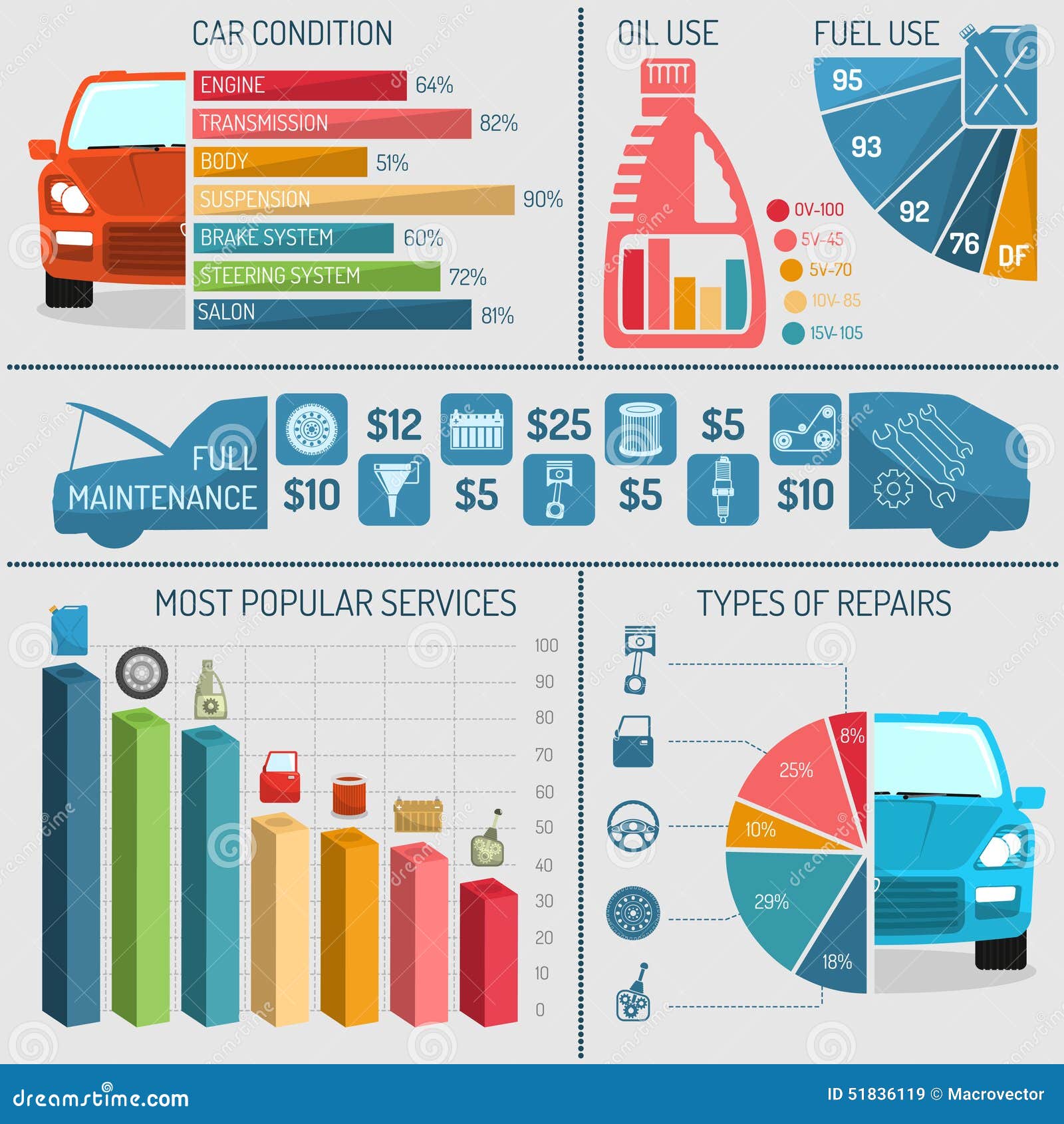Understanding The Definition Behind Your Automobile'S Caution Lights: A Thorough Look
Understanding The Definition Behind Your Automobile'S Caution Lights: A Thorough Look
Blog Article
Post By-Sykes Corbett
When you're behind the wheel, those beautiful caution lights on your dashboard can be a bit perplexing. Do you recognize what they're attempting to inform you about your cars and truck's health and wellness? Comprehending the importance of these lights is important for your safety and security and the durability of your lorry. So, the next time among those lights pops up, wouldn't you want to decipher its message properly and take the necessary actions to resolve it?
Common Caution Lights and Interpretations
Recognize usual warning lights in your vehicle and understand their meanings to guarantee safe driving.
One of the most regular warning lights include the check engine light, which signifies concerns with the engine or discharges system. If this light begins, it's important to have your automobile examined quickly.
The oil pressure cautioning light indicates low oil pressure, calling for immediate attention to prevent engine damage.
A flashing battery light could suggest a defective charging system, potentially leaving you stranded if not resolved.
The tire pressure surveillance system (TPMS) light notifies you to reduced tire pressure, affecting car stability and gas efficiency. Overlooking this might bring about harmful driving conditions.
The abdominal light indicates an issue with the anti-lock braking system, endangering your capacity to quit swiftly in emergency situations.
car detailing cleaner but not least, the coolant temperature advising light warns of engine overheating, which can result in extreme damage otherwise settled promptly.
Comprehending these usual caution lights will assist you deal with issues promptly and keep safe driving conditions.
Relevance of Prompt Focus
Comprehending the typical warning lights in your car is just the initial step; the significance of immediately attending to these cautions can not be stressed sufficient to guarantee your safety and security when traveling.
When a caution light brightens on your dashboard, it's your automobile's method of interacting a potential problem that needs focus. Ignoring these warnings can lead to much more serious issues later on, compromising your safety and security and possibly costing you a lot more in repairs.
https://instant-oil-change62849.ambien-blog.com/37514370/are-you-curious-concerning-finding-the-finest-auto-service-center-in-your-location-discover-the-leading-10-tips-that-will-aid-you-in-making-an-educated-selection to alerting lights can protect against malfunctions and mishaps. As an example, a flashing check engine light could suggest a misfire that, if left unattended, can create damages to the catalytic converter. Resolving this without delay can conserve you from a costly repair.
Similarly, a brake system advising light could signal reduced brake fluid or worn brake pads, essential elements for your security when driving.
Do It Yourself Troubleshooting Tips
If you observe a warning light on your control panel, there are a few do it yourself repairing pointers you can attempt prior to seeking specialist assistance.
The primary step is to consult your automobile's handbook to recognize what the details warning light suggests. In https://trevorrnhbw.blogdun.com/31805599/captivated-by-the-typical-misunderstandings-regarding-vehicle-detailing-look-into-the-realities-behind-these-misconceptions-and-discover-just-how-expert-detailing-can-benefit-every-automobile-owner can be as simple as a loose gas cap causing the check engine light. Tightening up the gas cap may deal with the trouble.
https://www.chase.com/personal/auto/education/buying/tips-for-buying-a-used-car is a reduced battery, which can set off numerous warning lights. Examining the battery connections for rust and guaranteeing they're protected might take care of the problem.
If a caution light persists, you can attempt resetting it by disconnecting the vehicle's battery for a few mins and afterwards reconnecting it. Furthermore, examining your vehicle's liquid degrees, such as oil, coolant, and brake liquid, can assist fix alerting lights related to these systems.
Final thought
In conclusion, comprehending your vehicle's warning lights is important for maintaining your lorry running efficiently and securely. By promptly addressing these alerts and recognizing what they suggest, you can prevent expensive fixings and possible breakdowns.
Remember to consult your automobile's manual for certain details on each advising light and take action as necessary to ensure a trouble-free driving experience.
Stay informed, remain safe on the road!
